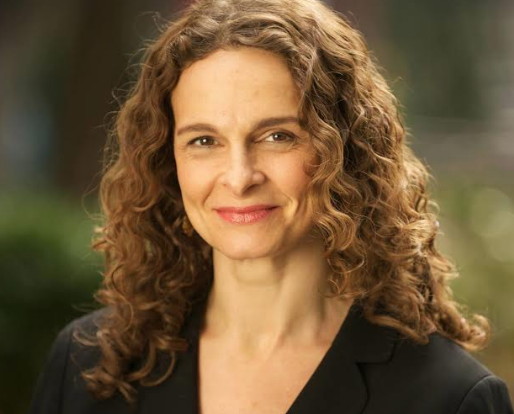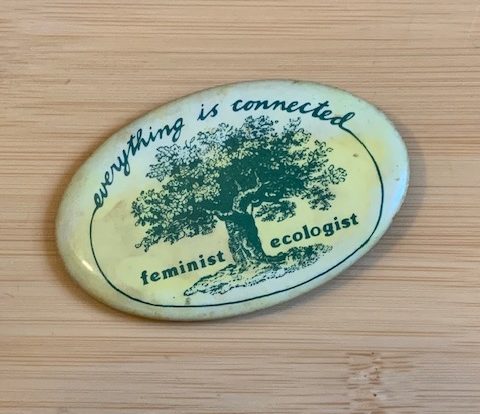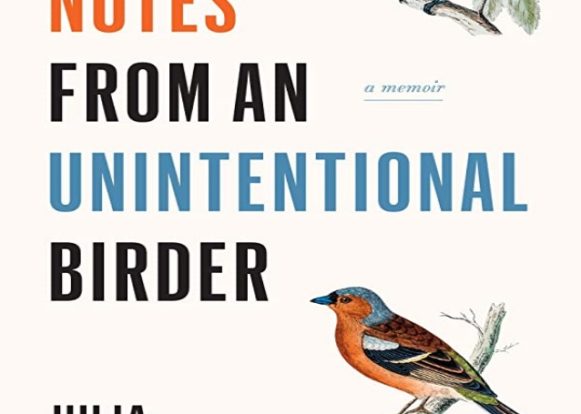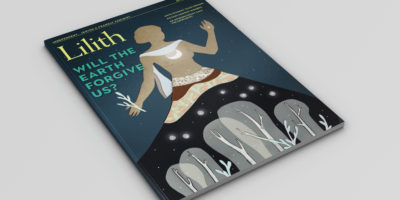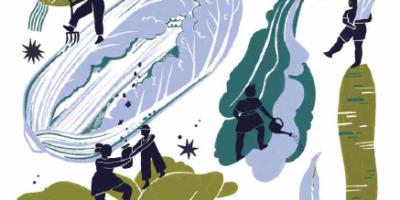Lilith Feature
Will the Earth Forgive Us?
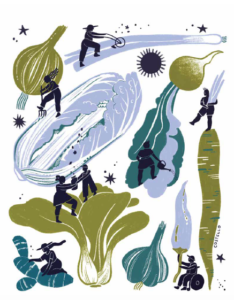
ART BY MOLLY COSTELLO
The earth is dying. Permafrost is melting, wildfires are raging, chunks of glaciers are falling into the ocean with a thunderous crash. A pond is no longer safe for skating in the winter. Allergens and droughts and “natural” disasters are deadlier. Polluted soil is not supporting crops. And everywhere this happens, existing inequalities of gender, race and access to resources are exacerbated. Hadassah, a 13-year-old rabbi’s daughter and Sunrise Movement activist, asks in a blog post: “How does one seek forgiveness from the earth? Perhaps we can draw from Maimonides’ guidelines on repentance,” she writes, “by (a) fully acknowledging our transgression and taking responsibility, (b) allowing ourselves to experience remorse, and (c) taking steps to repair the damage.”
To begin that repair today, youth-led movements are in conversation with ancient traditions and indigenous leaders (remember the Lakota water protectors at Standing Rock) who have been at the forefront of this work for centuries. At the same time, all of us, in this pandemic year, have yearned for a reconnection with the natural world as a salve for our losses—a walk among trees, the sighting of a colorful bird, the pleasure of seeing a windowsill seedling sprout.
This connection is needed. Globally, the kind of choices that result in the earth’s being ravaged are governed by the very opposite of those principles set forth by Maimonides. The profit motive, the corporate bottom line, and expedience all
take precedence over a philosophy articulated by Lakota leader Tȟašúŋke Witkó (Crazy Horse) in the 1800’s: to make choices by thinking about people living seven generations from today. Here, the start of a Lilith series exploring teshuvah, repentance, with the earth.
-Sarah Seltzer
In This Feature
Arielle Silver-Willner talks to Rabbi Jennie Rosenn
“Where the Hell Have I Been?”Rabbi Jennie Rosenn on Eco-Feminism.

